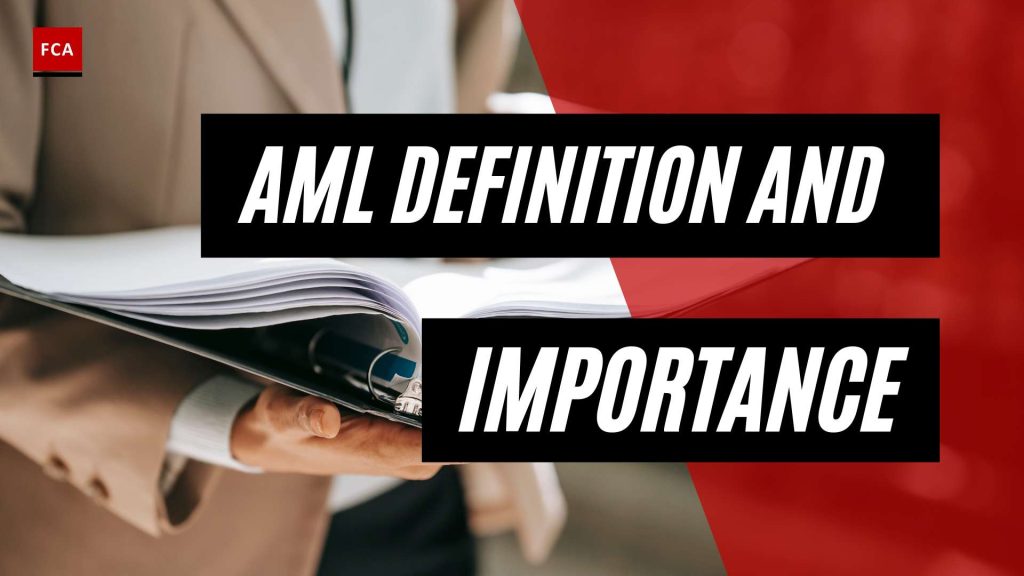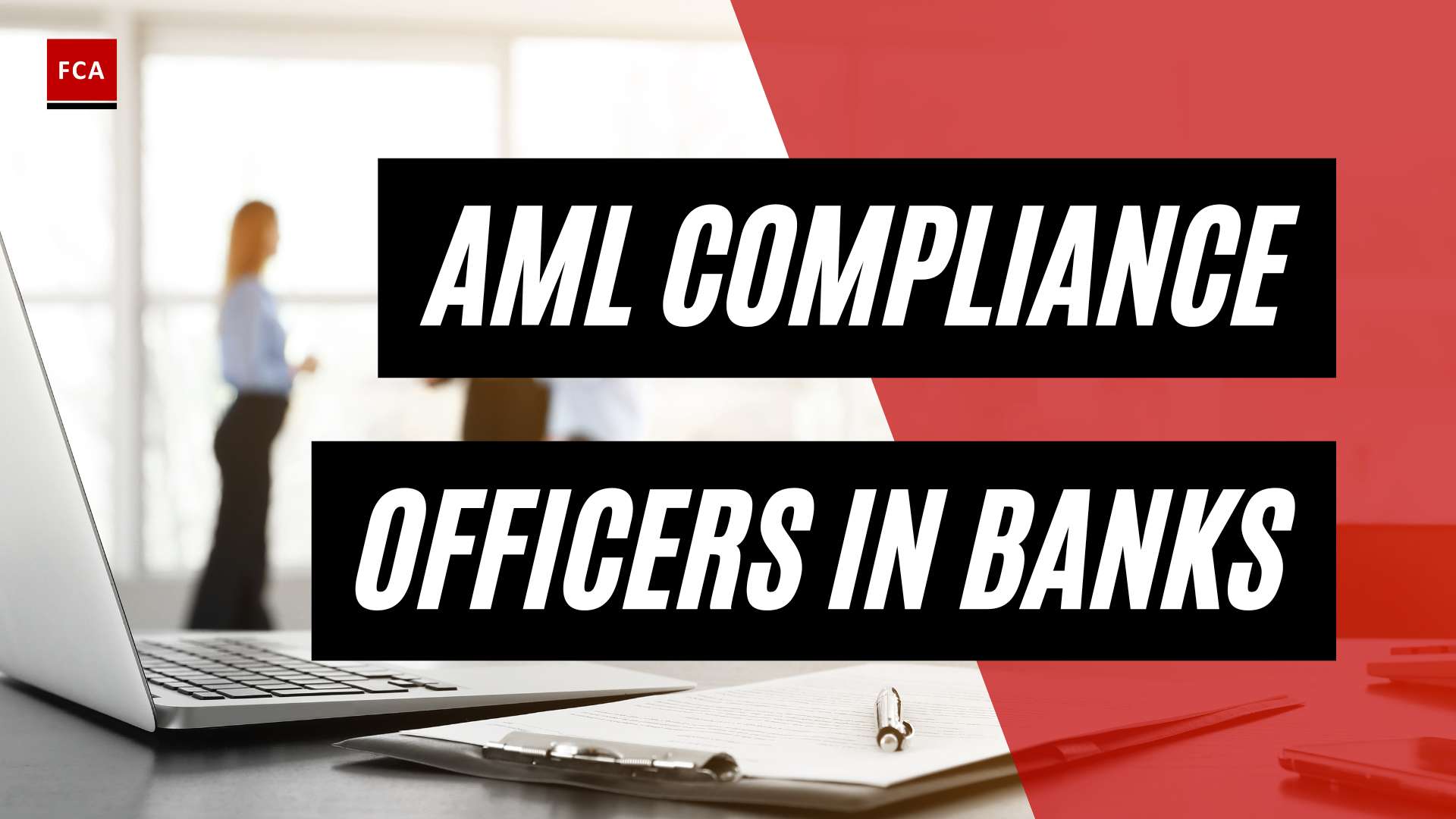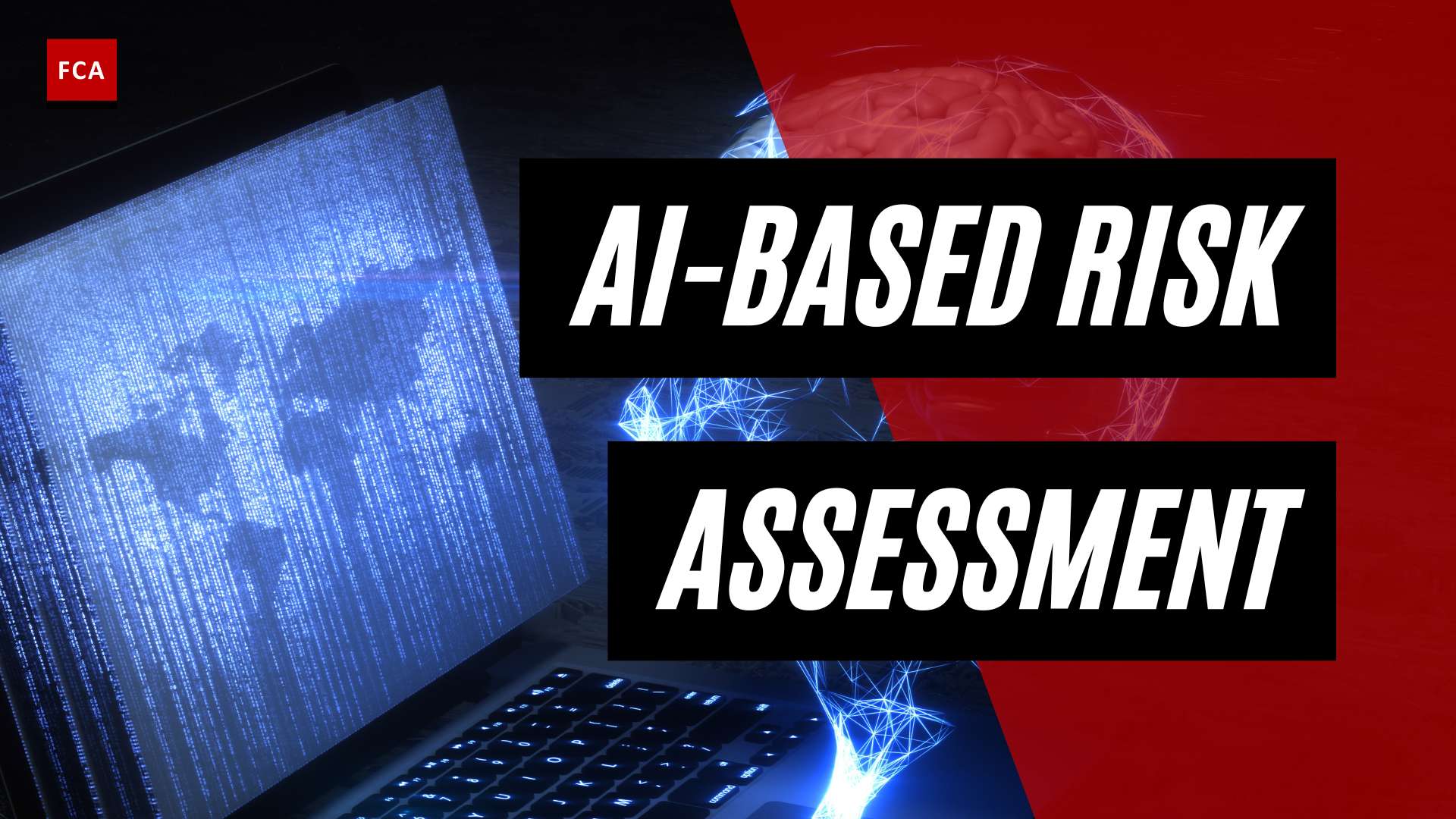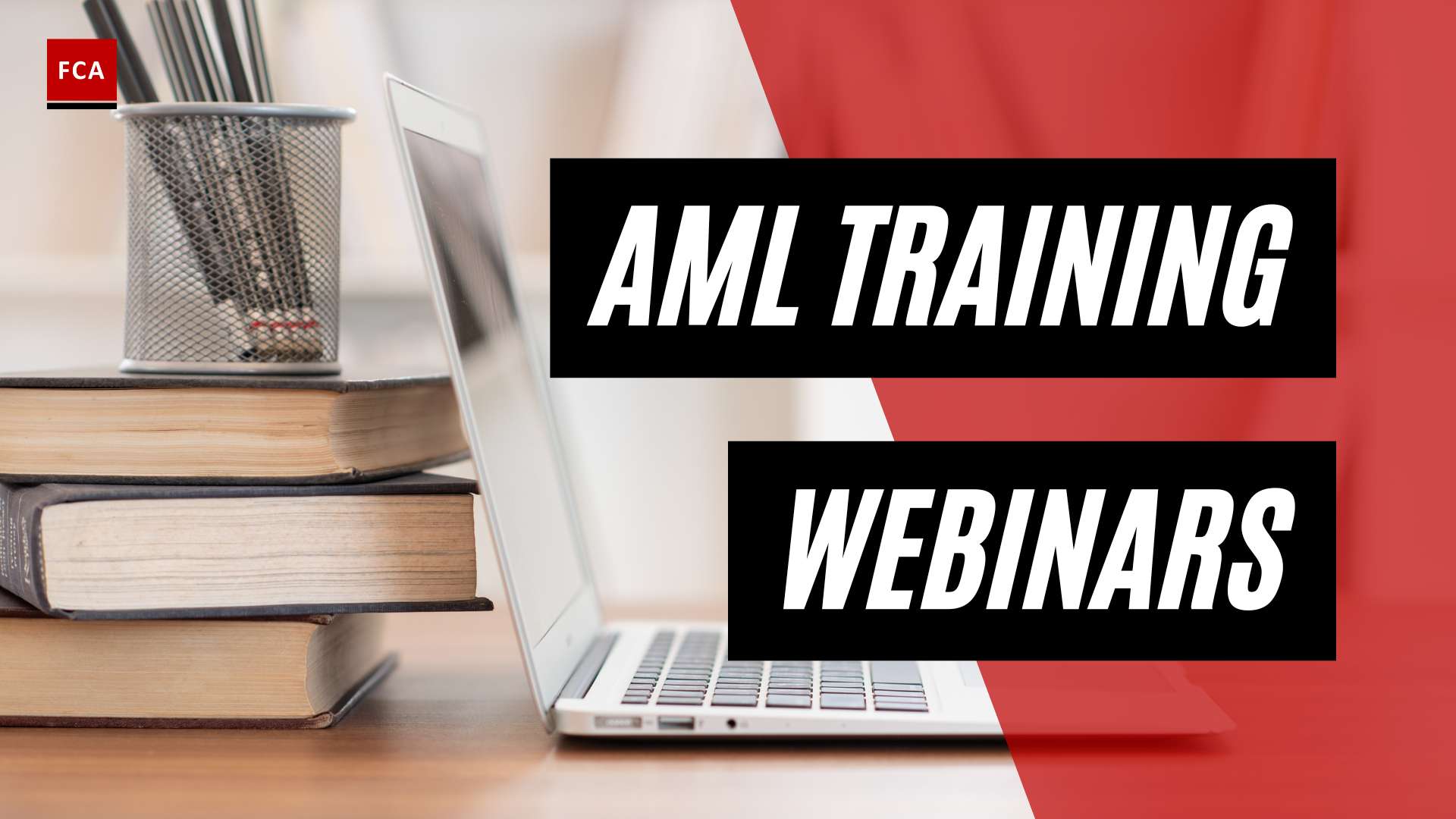Understanding Anti-Money Laundering
To gain a comprehensive understanding of financial crime prevention, it’s essential to start with the basics. A key term in this field is Anti-Money Laundering, often abbreviated as AML.
Definition of AML
The acronym “AML” stands for Anti-Money Laundering, which refers to a set of laws, regulations, and procedures intended to prevent criminals from disguising illegally obtained funds as legitimate income (Trulioo). AML compliance involves various practices and tools to detect and prevent money laundering activities, such as know your customer (KYC) procedures, transaction monitoring, and suspicious activity reporting. For more insights into the AML process, visit our article on what is AML.
Financial institutions, banks, money service businesses, and other regulated entities are required to comply with AML laws and regulations. These measures are put in place to combat money laundering, terrorist financing, and other financial crimes. To comply with AML regulations, these entities are required to operate internal programs ensuring compliance.
The Importance of AML
AML compliance efforts have become increasingly crucial globally as authorities strengthen regulations to combat various forms of financial crimes and illicit activities. The objective of AML is to ensure that financial institutions are not used as tools to legitimize ill-gotten gains.
The consequences of non-compliance with AML regulations can be severe, including hefty fines, reputational damage, and even imprisonment for individuals or entities involved. This underscores the importance of AML compliance for businesses and the need for robust AML processes and technology solutions.
Furthermore, money laundering poses a significant risk to the stability of the financial sector. Criminals exploit the globally connected financial system to move illicit funds across borders, resulting in an erosion of trust in the financial system, bank collapses, and countries being shocked by the magnitude of the scandals (IMF Blog).
Therefore, understanding AML, its importance, and the role it plays in maintaining the integrity of global financial systems is crucial for professionals working in compliance, risk management, anti-money laundering, and anti-financial crime. For more in-depth knowledge, consider our AML training resources.
Key Components of AML
To fully grasp the AML definition, it’s crucial to understand its key components. These include methods for detecting and preventing money laundering activities, and the role of technology in enhancing these efforts.
Detection and Prevention Methods
AML compliance involves various practices and tools to detect and prevent money laundering activities. These include know your customer (KYC) procedures, transaction monitoring, and suspicious activity reporting. Implementing comprehensive due diligence processes is essential to mitigate risks effectively associated with money laundering, fraud, and other financial crimes (NorthRow).
A robust AML and KYC program helps companies to minimize these risks. AML programs are critical for fostering transparency in financial transactions and protecting institutions from being unwittingly used by criminals to launder money or finance illegal activities (ACAMS). For more information on the implementation of AML programs, refer to our article on the AML process.
Role of Technology in AML
Technology plays a vital role in enhancing AML compliance efforts. Automation, artificial intelligence (AI), and machine learning can improve the efficiency and accuracy of AML checks, making compliance processes more effective and cost-efficient.
For instance, AI can help in identifying AML red flags through pattern recognition, while machine learning can enhance AML transaction monitoring by learning from historical data and predicting potential risks.
Implementing and maintaining a robust AML program, powered by cutting-edge technology, is crucial for financial institutions to mitigate risks associated with money laundering and financial crime. This ensures compliance with AML regulations and protects the integrity of the financial system (Financial Crime Academy).
Technology also plays a significant role in AML training, providing interactive and engaging learning experiences for compliance professionals. For more information on this, explore our resources on AML training.
By understanding the key components of AML, professionals can better equip themselves to combat money laundering and contribute to the maintenance of a transparent and secure financial system.
The Legal Framework of AML
The legal framework surrounding Anti-Money Laundering (AML) is a key component in the fight against financial crime. This framework consists of laws and regulations that dictate how institutions must conduct themselves to prevent, detect, and report money laundering activities.
Overview of AML Laws
AML laws across the globe have been established to safeguard financial systems from illicit activities such as money laundering and terrorist financing. These laws, which vary from country to country, outline the necessary steps institutions must take to monitor, detect, and report suspicious activity. They serve as a guide to ensure financial integrity and maintain public trust in financial systems.
In addition to national laws, there are international AML standards designed to align efforts across borders. These standards are often enforced through cooperation between countries and international bodies, further strengthening the global fight against money laundering. For a comprehensive overview of AML laws, refer to our guide on aml regulations.
The Bank Secrecy Act
In the United States, the cornerstone of AML regulations is the Bank Secrecy Act (BSA). Enacted in 1970, the BSA requires financial institutions to assist U.S. government agencies in detecting and preventing money laundering. The Financial Crimes Enforcement Network (FinCEN), as the designated administrator of the BSA, plays a crucial role in safeguarding the financial system from illicit activities such as money laundering and terrorist financing.
The BSA has evolved over the years with the introduction of various other laws aimed at enhancing and modifying its provisions. These laws provide law enforcement and regulatory agencies with effective tools to combat money laundering, terrorist financing, and other illicit activities.
Key aspects of the BSA include recordkeeping requirements for certain types of transactions, reporting of cash transactions exceeding a certain amount, and reporting suspicious activity that might signify money laundering, tax evasion, or other criminal activities.
The BSA, along with other AML laws and regulations, forms a robust legal framework that is instrumental in the fight against money laundering. Compliance with this framework is critical in maintaining the integrity and security of financial institutions, making an understanding of the aml definition and the aml process crucial for professionals working in this field.
Global AML Standards
Understanding the global standards for Anti-Money Laundering (AML) is a critical component of international financial compliance. These standards are often set by regulatory bodies and are designed to combat money laundering and terrorist financing on a global scale.
Role of the Financial Action Task Force
A significant player in the establishment of global AML standards is the Financial Action Task Force (FATF). This intergovernmental body sets international standards for AML and combating the financing of terrorism (CFT), which have significant influence on the development of AML laws and regulations globally (ACAMS).
Specifically, the FATF has established a set of 40 recommendations that form a comprehensive framework for combating money laundering activities and terrorist financing. Compliance with these recommendations necessitates that companies implement stringent AML and Know Your Customer (KYC) regulations (NorthRow).
Compliance Across Borders
In the face of global financial crime, it’s clear that combatting money laundering requires more than just individual nations implementing AML regulations. Effective prevention and detection necessitates international collaboration and cross-border data collection.
As part of a technical assistance project, the International Monetary Fund (IMF) partnered with eight Nordic and Baltic countries, highlighting the need for countries to innovate and collaborate together to combat money laundering.
In fact, regulators are emphasizing the importance of national supervisors broadening their perspective to scrutinize non-resident risks and inter-border laundering countermeasures. This includes keeping an eye on newer entrants to the financial sector, such as crypto asset service providers, which can pose unique risks and challenges (IMF Blog).
In conclusion, global AML standards and cross-border compliance play a pivotal role in the fight against financial crime. They provide the foundation for AML policy, AML training, and AML investigation, enabling financial institutions to contribute effectively to this critical international effort.
Consequences of Non-Compliance
Non-compliance with Anti-Money Laundering (AML) regulations can lead to severe repercussions for financial institutions. These can range from financial and legal risks to reputational damage. Understanding the potential outcomes of failing to comply with AML regulations is crucial for professionals in the fields of compliance, risk management, anti-money laundering, and anti-financial crime.
Financial and Legal Risks
Non-compliance with AML and Know Your Customer (KYC) regulations can lead to significant financial and legal risks for companies. These include hefty fines, financial penalties, and even potential criminal charges. Enforcement actions and penalties can significantly impact a company’s operations and profitability (NorthRow).
In some instances, non-compliance can also lead to the loss of licenses, further hampering a financial institution’s ability to operate (FinCEN). This underscores the importance of understanding what is aml and ensuring robust aml compliance.
Reputational Damage
Alongside the financial and legal risks, non-compliance with AML regulations can also lead to reputational damage. Financial institutions found to be non-compliant can lose the trust of their customers, resulting in a loss of business. Such institutions may also face difficulties in establishing new relationships with other financial entities, further impacting their ability to operate effectively.
Reputational damage can have long-lasting effects, often more devastating than the immediate financial penalties. It can take years, if not decades, for an institution to rebuild trust and regain its position in the market after a significant compliance failure.
For these reasons, financial institutions must maintain robust AML programs, conduct regular aml training, and keep abreast of the latest aml regulations. Regular monitoring, timely reporting, and thorough aml investigation are key to mitigating the risks of non-compliance.
The Process of Money Laundering
Money laundering is a complex process that involves disguising the origins of illegally obtained money to make it appear as though it came from legitimate sources. This process is a major concern for financial institutions and regulators across the globe, and understanding the steps involved is key to effective AML compliance.
Stages of Money Laundering
According to FinCEN, money laundering involves three distinct stages:
-
Placement: This is the initial stage where “dirty money” is introduced into the financial system. It often involves the deposit of cash into a bank account or the purchase of assets.
-
Layering: In this stage, the money launderer engages in a series of transactions designed to obfuscate the source of the funds. This could involve transferring money between different accounts, purchasing and selling assets, or other financial transactions that create confusion and complicate the audit trail.
-
Integration: The final stage, integration involves blending the laundered money back into the legitimate economy. At this point, the “clean” money can be used without detection of its illicit origins.
Understanding these stages is crucial in developing effective AML detection and prevention methods, and forms an important part of AML training.
Impact on Financial Systems
Money laundering poses a significant threat to the stability of the global financial sector. As IMF Blog highlights, the illicit movement of funds across borders erodes trust in financial systems, can lead to bank collapses, and shocks countries with the magnitude of the scandals.
Data related to regional money laundering cases show that banks with financial integrity concerns experienced sharp stock price drops, elevated perceived credit risks, and declines in deposits affecting liquidity. These banks also saw equity price declines and increased costs of insuring against corporate default, with spillover effects on other regional banks.
Regulators are emphasizing the importance of national supervisors broadening their perspective to scrutinize non-resident risks and inter-border laundering countermeasures. They are also encouraging international collaboration and cross-border data collection to mitigate risks posed by the integrated banking system, including newer entrants like crypto asset service providers.
The risk money laundering poses to the global economy underscores the importance of robust AML regulations, such as the Bank Secrecy Act, and the continuous enhancement of these laws to combat financial crimes effectively.
AML in Practice
Once we’ve understood the aml definition, and the core components of Anti-Money Laundering, it’s crucial to look at how AML is implemented in practice. This involves the actualization of AML programs within organizations, and the ongoing monitoring and reporting that ensures continuous compliance.
Implementation of AML Programs
For financial institutions and other regulated entities, it’s essential to develop and maintain robust AML programs. According to ACAMS, these programs should ideally encompass customer due diligence (CDD), ongoing monitoring, suspicious activity reporting, recordkeeping, and employee training.
A comprehensive AML program plays a pivotal role in mitigating risks associated with money laundering and financial crime. It ensures compliance with aml regulations and safeguards the integrity of the financial system.
Implementing comprehensive due diligence processes is one of the essential steps towards effectively mitigating these risks. A robust AML and KYC (Know Your Customer) program can aid companies in minimizing risks associated with money laundering, fraud, and other financial crimes.
AML programs are also critical in fostering transparency in financial transactions and protecting institutions from being inadvertently used by criminals to launder money or finance illegal activities.
Ongoing Monitoring and Reporting
Once an AML program is in place, the work doesn’t end there. Ongoing monitoring and reporting are integral parts of maintaining compliance with AML regulations.
Ongoing monitoring involves regularly reviewing and updating customer information, tracking and analyzing financial transactions for aml red flags, and conducting risk assessments. This process, often referred to as aml transaction monitoring, helps institutions identify any suspicious activity promptly.
Reporting is another vital aspect of an AML program. When a suspicious activity is detected, it must be promptly reported to the relevant authorities. Non-compliance with AML regulations can lead to severe consequences for financial institutions, including hefty fines, reputational damage, loss of customer trust, and even criminal charges against the institution or its employees.
Implementing a robust AML program and ensuring ongoing monitoring and reporting are all part of the broader aml process. These practices are essential not just for compliance with regulations, but also for the integral role they play in combating financial crime and maintaining the integrity of global financial systems. For more insights into the world of anti-money laundering, check out our resources on aml training and aml investigation.








